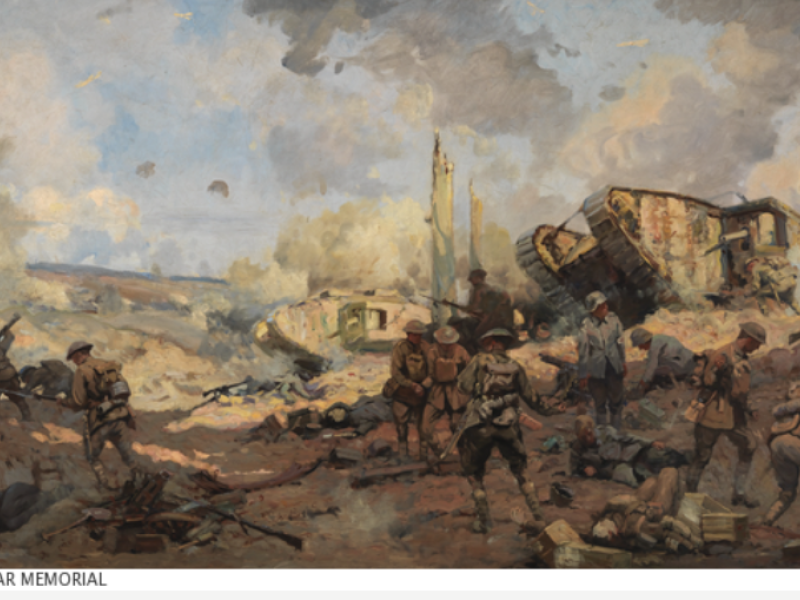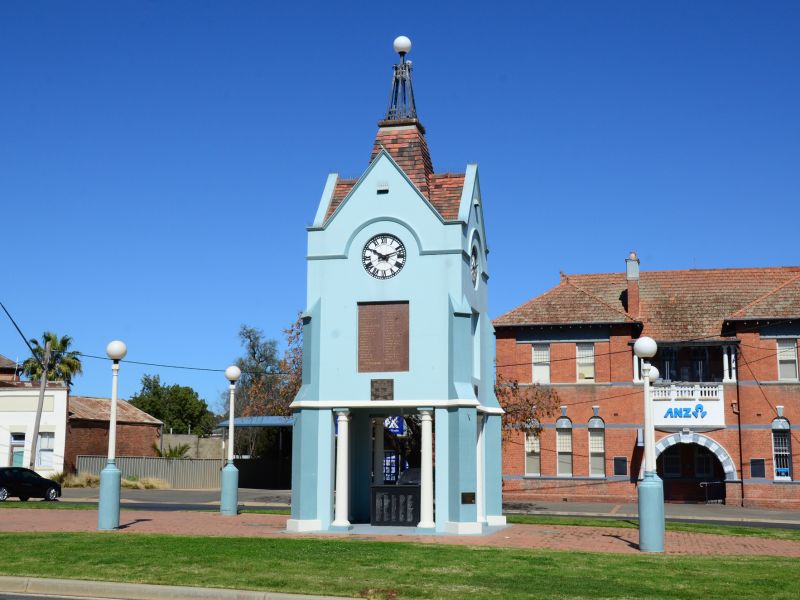Private Gilbert Pratt, 55th Battalion, AIF
Gilbert Pratt was born in 1893, one of ten children to James and Ann Pratt of Junee in the New South Wales Riverina region. He went to school at Yathella while his parents ran the Wallacetown Hotel on the old Junee Road. Later, he farmed and grazed sheep on a block joining Houlaghan’s Creek. He also paraded part-time with the 16th Battery Field Artillery in nearby Wagga Wagga, and became engaged to Ethel Simmonds.
In March 1916, just two months after the Kangaroo Recruitment march had passed through the area, Pratt enlisted in the Australian Imperial Force. He embarked for England with reinforcements for the 55th Battalion in October 1916.
Pratt spent several months training on the Salisbury Plain in Wiltshire before embarking for France in December 1916. He joined the 55th Battalion after its move to the Somme, taking up positions between the villages of Flers and Gueudecourt.
A bleak combination of rain and constant artillery bombardment turned the landscape into a sea of glutinous mud, made all the worse by the freezing weather. Disease was endemic in the squalid trenches, and Pratt was twice evacuated to a field hospital on the French coast in January-February 1917 suffering from scabies.
By the time Pratt returned to the battalion in March, the German army had withdrawn from its winter positions and the 5th Division, including the 55th Battalion, spearheaded the subsequent advance.
In April, Pratt participated in the battalion’s costly action at Doignies, where it re-established contact with the German army in an outpost to the Hindenburg Line – a new, more formidable defensive system comprising thick belts of barbed wire, machine-gun positions, and views of its approaches. At around this time Pratt wrote:
“The Germans are in full retreat on this front. I won’t worry if they keep on retreating and at present it looks as though we may have peace before the end of summer.”
The 5th Division was spared the disastrous assault made by the Australians on the Hindenburg Line, but was drawn into the fighting over the following weeks. By then the Australians had succeeded in breaking the Hindenburg Line and were holding it against fierce counter-attacks and heavy bombardments.
On 21 May 1917, Pratt was manning a Lewis gun in a front-line trench just outside the village of Bullecourt. A German shell landed nearby and exploded, killing Pratt and another man instantly.
Pratt’s body was given a hasty burial nearby, and was later reinterred at Queant Road Cemetery in Buissy.
He was 24 years old.
Pratt’s grieving mother, brother and sister inserted the following epitaph in the local newspaper:
It’s not the tears at the moment shed
That tell how beloved the soul that’s fled;
Tis the silent tears through long nights wept
And fond remembrance ever kept.
His fiancée, Ethel, later described him as: “A loving man, my Gilbert, a real gentleman. I shall never forget him.”
Aaron Pegram, Historian, Military History Section
Image: “Breaking the Hindenburg Line”, artist: Will Longstaff 1918 https://www.awm.gov.au/collection/C176539
- Australian War Memorial https://www.awm.gov.au/collection/AWM2017.1.141

 Australian War Memorial
Australian War Memorial